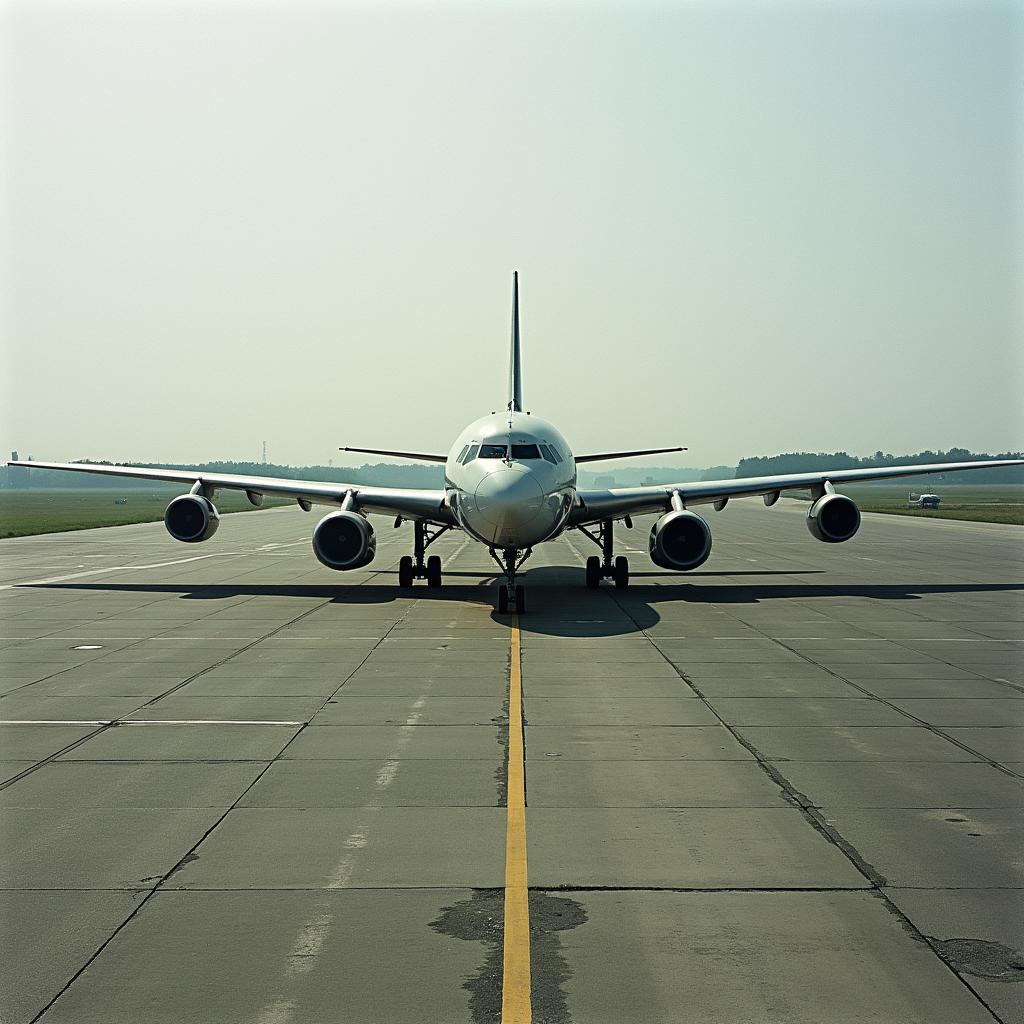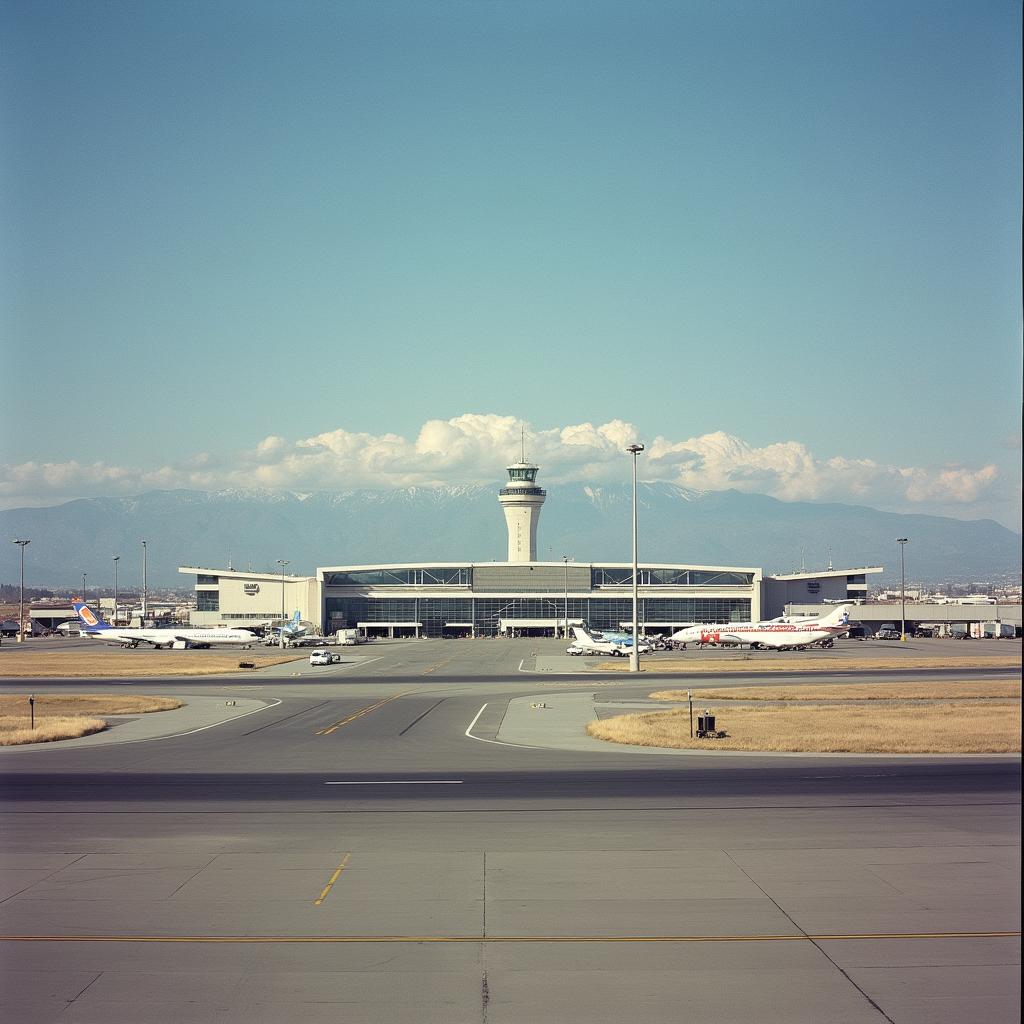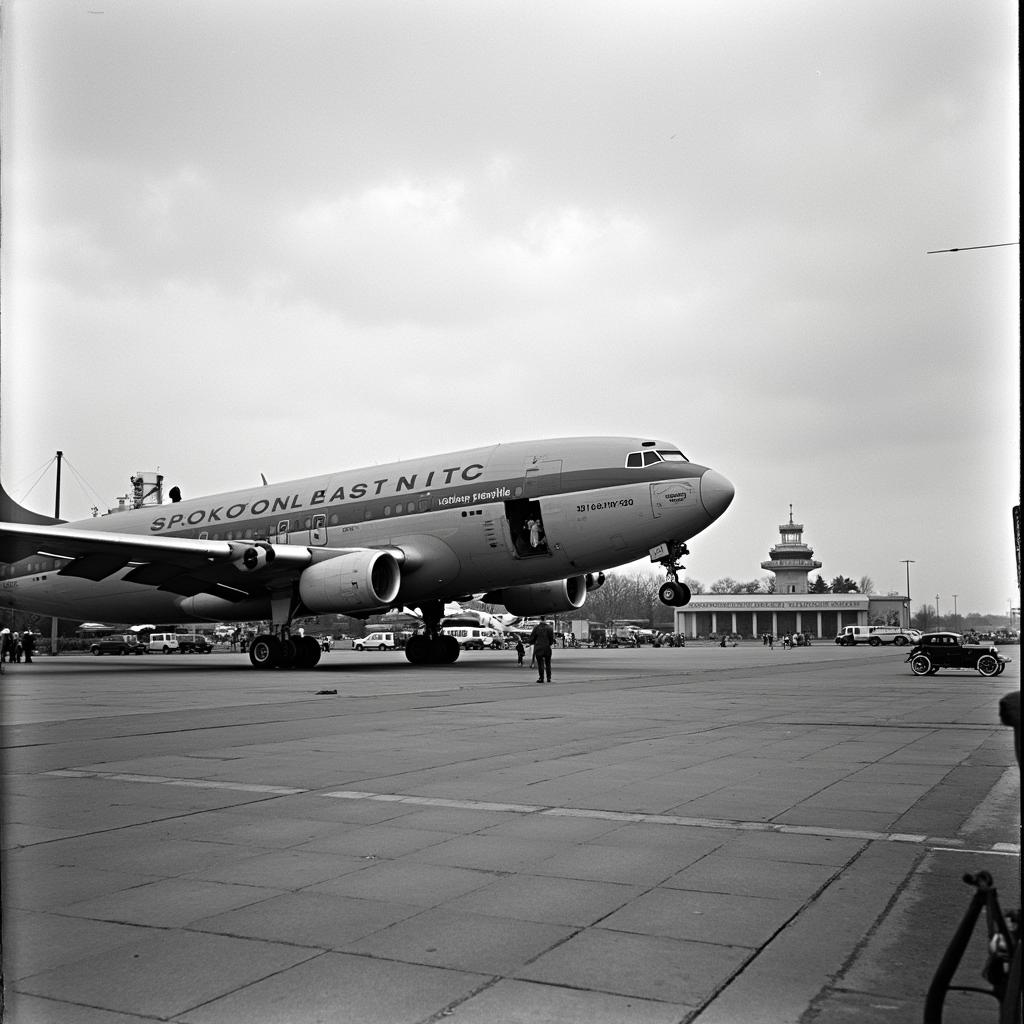The world of aviation is a dynamic one, with new airports constantly emerging and old ones being revamped or shut down. Today, we’ll take a look at five airports that have closed their doors, leaving behind stories of triumph, tragedy, and the ever-changing landscape of air travel. These airports have served as vital hubs for passenger and cargo traffic, but circumstances, like declining passenger numbers, economic challenges, or even the rise of newer, more modern facilities, led to their closure.
These five airports offer glimpses into the history of aviation and the complex factors that influence the life cycle of air travel. From the rise and fall of pioneering airports to the impact of technology and economic shifts, these stories show how air travel has evolved and continues to shape our world.
1. Tempelhof Airport, Berlin, Germany

Tempelhof Airport is a name synonymous with the Berlin Airlift, a heroic effort to supply West Berlin during the Soviet blockade. Constructed in the 1920s, it became a symbol of resilience and international cooperation. However, as Berlin grew and air travel demands changed, the airport was deemed outdated and inefficient.
“Tempelhof was a remarkable symbol of Berlin’s spirit, but its closure was a necessary step for the city to move forward,” says Dr. Klaus Schmidt, a prominent historian specializing in Berlin’s aviation history.
In 2008, Tempelhof officially shut down, marking the end of an era. The sprawling site has since been transformed into a public park, a reminder of its past and a testament to the city’s constant evolution.
2. Stapleton International Airport, Denver, Colorado, USA

Stapleton International Airport served Denver, Colorado for over three decades. Its iconic “Concourse A” resembled a giant airplane hangar and was a distinctive part of the airport’s layout. However, as passenger numbers grew, Stapleton’s aging infrastructure couldn’t keep up. The airport was replaced by Denver International Airport, a modern facility designed to handle a vastly increased volume of traffic.
“The closure of Stapleton was a bittersweet moment,” remembers Ms. Mary Jones, a longtime Denver resident who witnessed the airport’s evolution. “It was a part of the city’s identity, but we needed a new airport to accommodate our growing population and air travel demands.”
3. Kai Tak Airport, Hong Kong

Kai Tak Airport, in Hong Kong, was famous for its breathtaking approach. Pilots had to navigate a narrow runway that passed just inches above the city’s skyscrapers. However, this thrilling experience came with risks, as Kai Tak was considered one of the most dangerous airports in the world.
“The approach to Kai Tak was a spectacle,” says Captain John Lee, a retired pilot who flew into Kai Tak for many years. “It was a test of skill and nerve, and it required a special kind of pilot.”
The closure of Kai Tak in 1998 marked the end of an era for the airport, but it ushered in a new chapter of air travel in Hong Kong. Today, the city’s new Hong Kong International Airport stands as a testament to the evolution of aviation and the pursuit of safety and efficiency.
4. Meigs Field, Chicago, Illinois, USA

Meigs Field in Chicago was a cherished airport, offering a convenient gateway for private aviation and general aviation flights. However, its closure in 2003 sparked controversy. The decision to close the airport was made by then-Mayor Richard M. Daley, who saw the land as a valuable resource for a public park.
“The closure of Meigs Field was a blow to the aviation community,” recalls Mr. Peter Smith, a longtime private pilot who often flew in and out of the airport. “It was a convenient and unique facility, and its closure was a loss for the city.”
5. London Airport, London, England

London Airport, also known as Croydon Airport, was a pioneer in the world of air travel. Opening in 1920, it served as a hub for international flights. However, as London’s air travel needs grew, the airport’s infrastructure became outdated. The rise of Heathrow Airport, a larger and more modern facility, eventually led to Croydon Airport’s closure in 1959.
“London Airport played a vital role in the early days of aviation,” notes Mr. William Brown, a retired aviation expert. “Its closure marked a shift in air travel, as larger and more sophisticated airports emerged to handle the growing demands.”
Conclusion
The closure of these five airports reflects the constant evolution of the aviation industry. As air travel has advanced and passenger demands have changed, airports have adapted, evolved, and sometimes, been forced to close. The stories of these closed airports provide insights into the history of air travel and the challenges and opportunities that continue to shape the future of aviation.
FAQ
Q: What are the main reasons for airport closures?
A: Several factors can lead to an airport’s closure, including declining passenger numbers, economic challenges, safety concerns, environmental considerations, and the development of newer, more modern facilities.
Q: Are there any airports that have been successfully reopened after closure?
A: While rare, there are some instances of airports reopening after closure. For example, the former airbase in Berlin, Tempelhof, has been reopened as a public park, and the former airport in New Orleans, Louis Armstrong New Orleans International Airport, was reopened after being severely damaged by Hurricane Katrina.
Q: What are the implications of airport closures for the surrounding community?
A: Airport closures can have a significant impact on the surrounding community, potentially affecting local businesses, employment, and property values. The closure can also impact the transportation network and accessibility of the area.
Q: Are there any plans to reopen any of these closed airports?
A: While some closed airports have been repurposed for other uses, such as parks or industrial developments, there are no current plans to reopen any of the five airports discussed in this article.
Q: What are the most important considerations when evaluating the closure of an airport?
A: When considering the closure of an airport, it’s important to weigh factors such as economic impact, safety, environmental impact, and alternative transportation options. It’s also essential to involve the community and stakeholders in the decision-making process.
Q: Are there any resources available to learn more about the history of closed airports?
A: You can find a wealth of information about closed airports through online resources, books, and museum exhibits. Aviation history websites and historical societies often have detailed records and archives that can shed light on the stories behind these airports.
Do you have any other questions about closed airports? We’re here to help! Contact us at +13089626264, [email protected], or visit us at 404 Bothwell St, Oxford, NE 68967, Hoa Kỳ. Our customer service team is available 24/7.